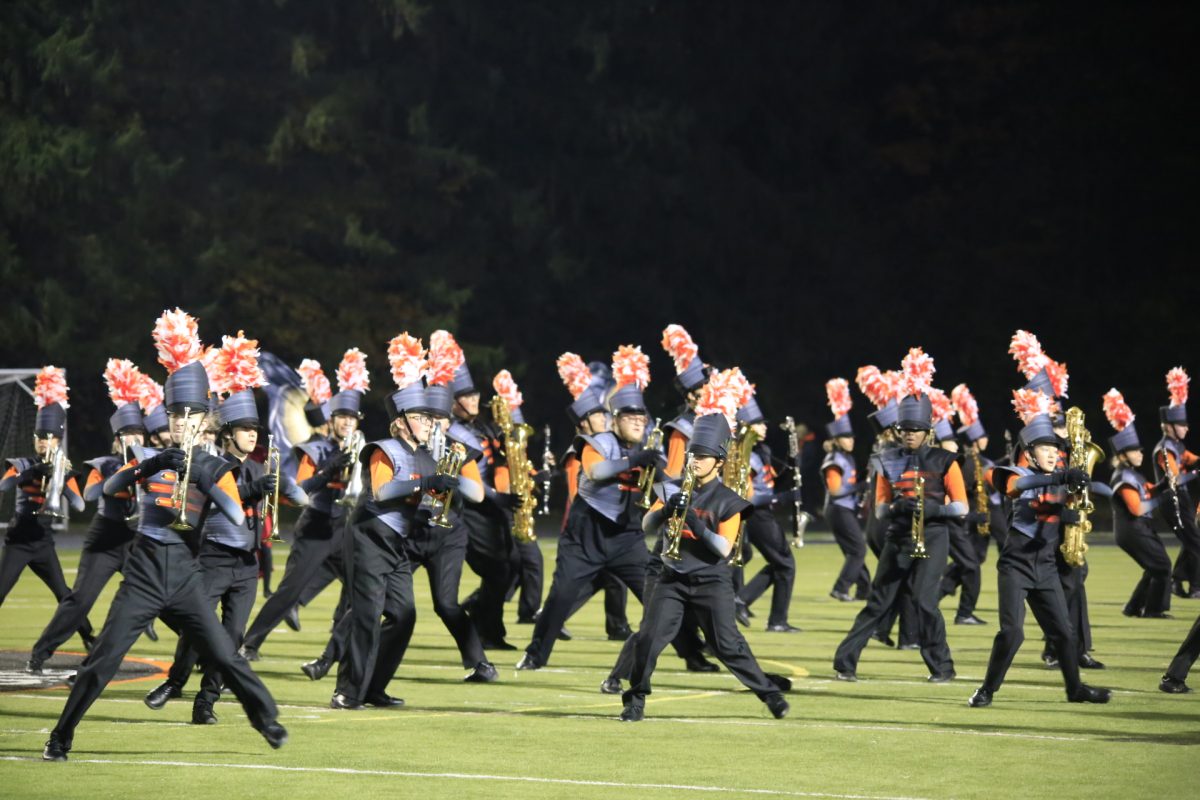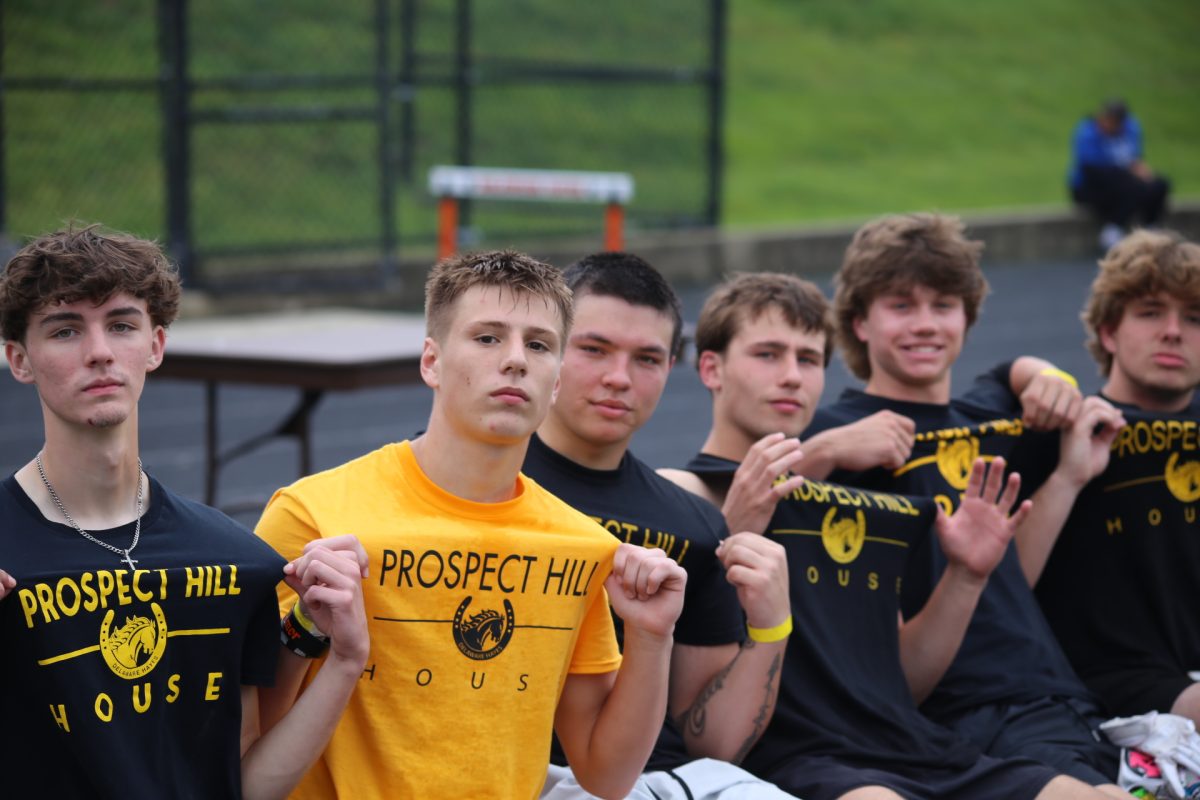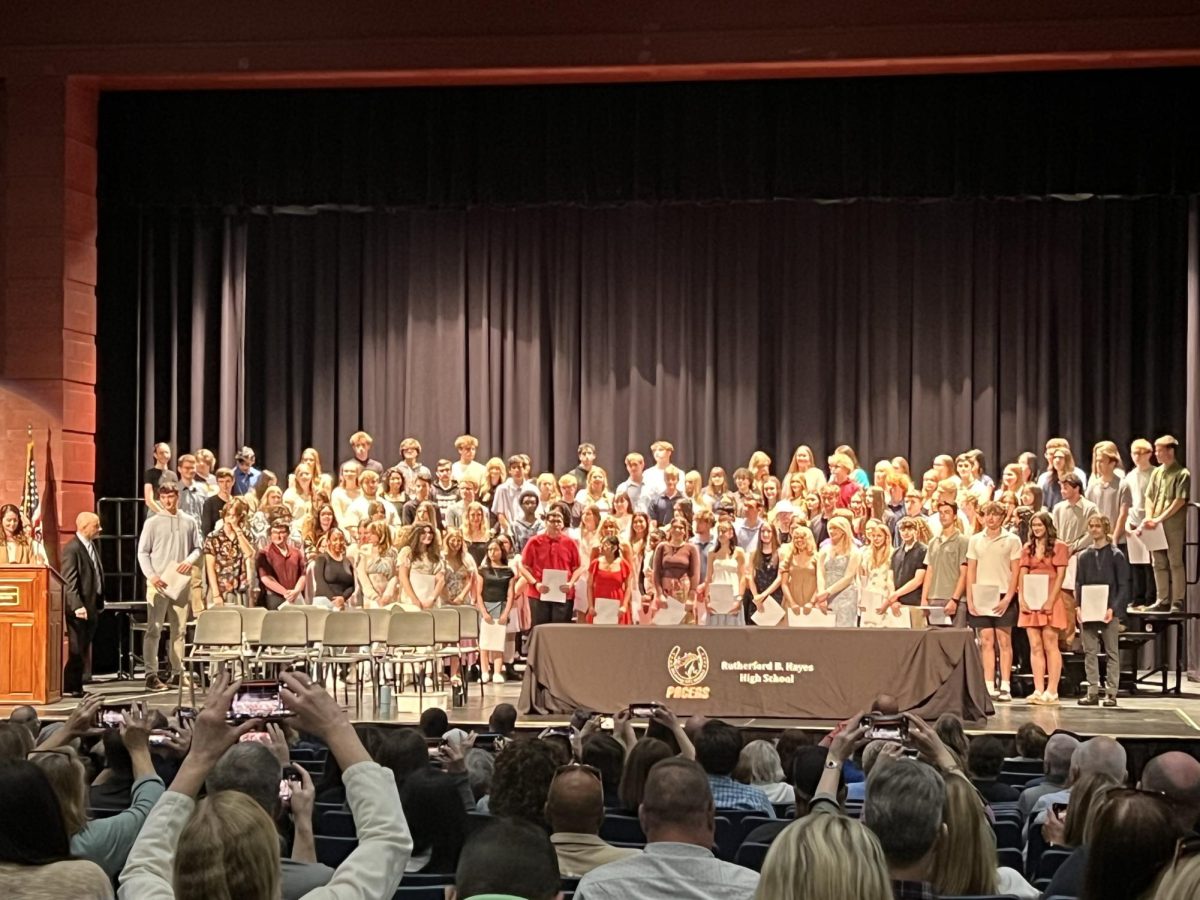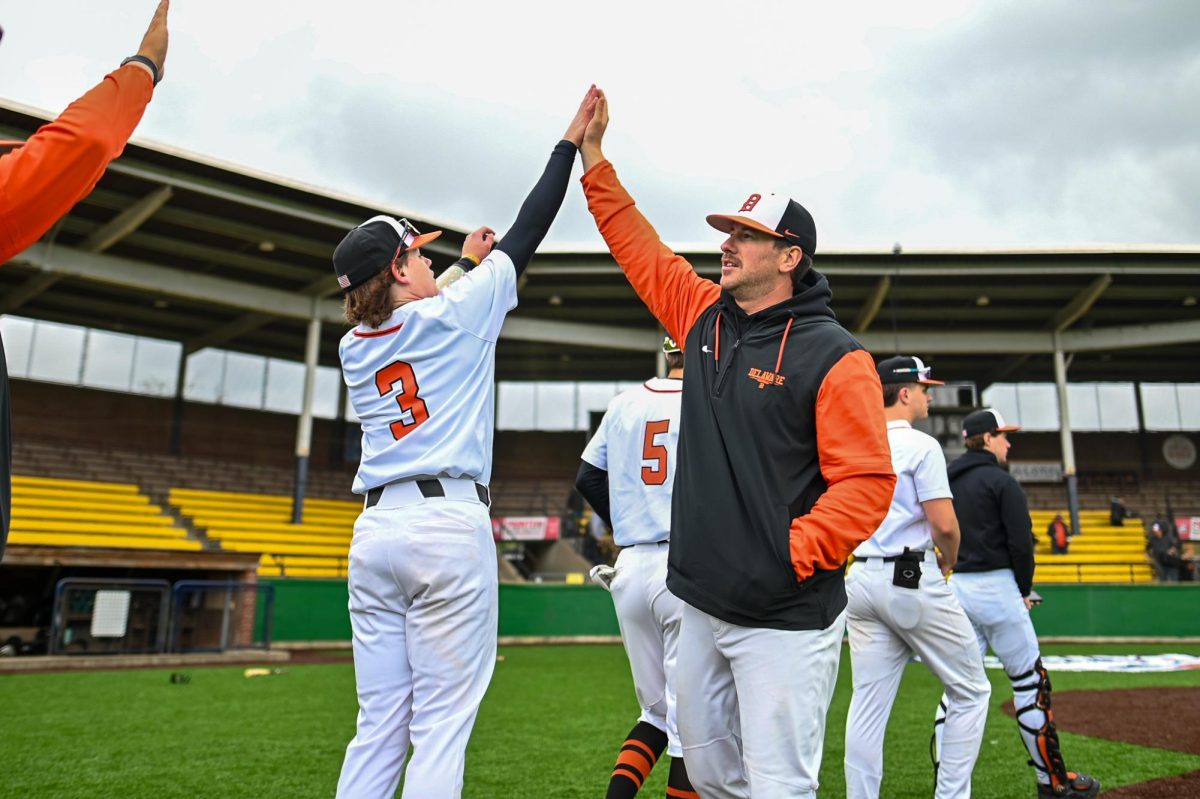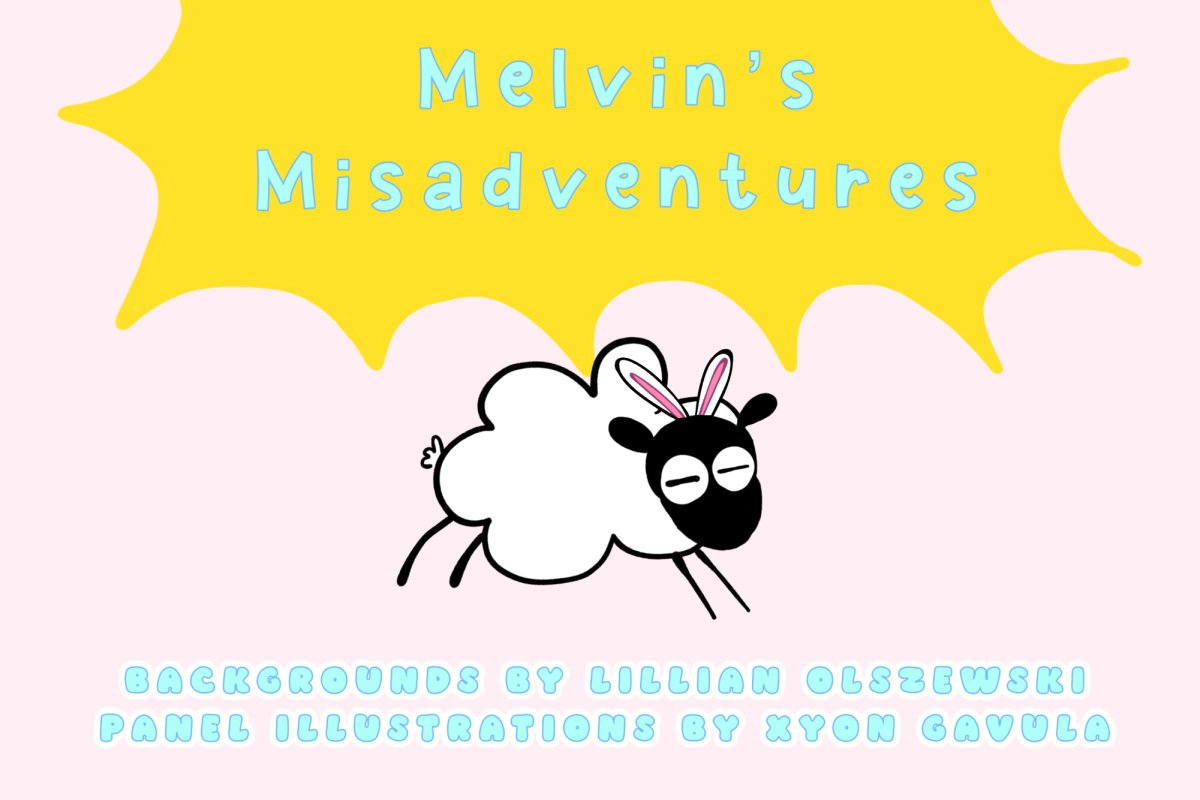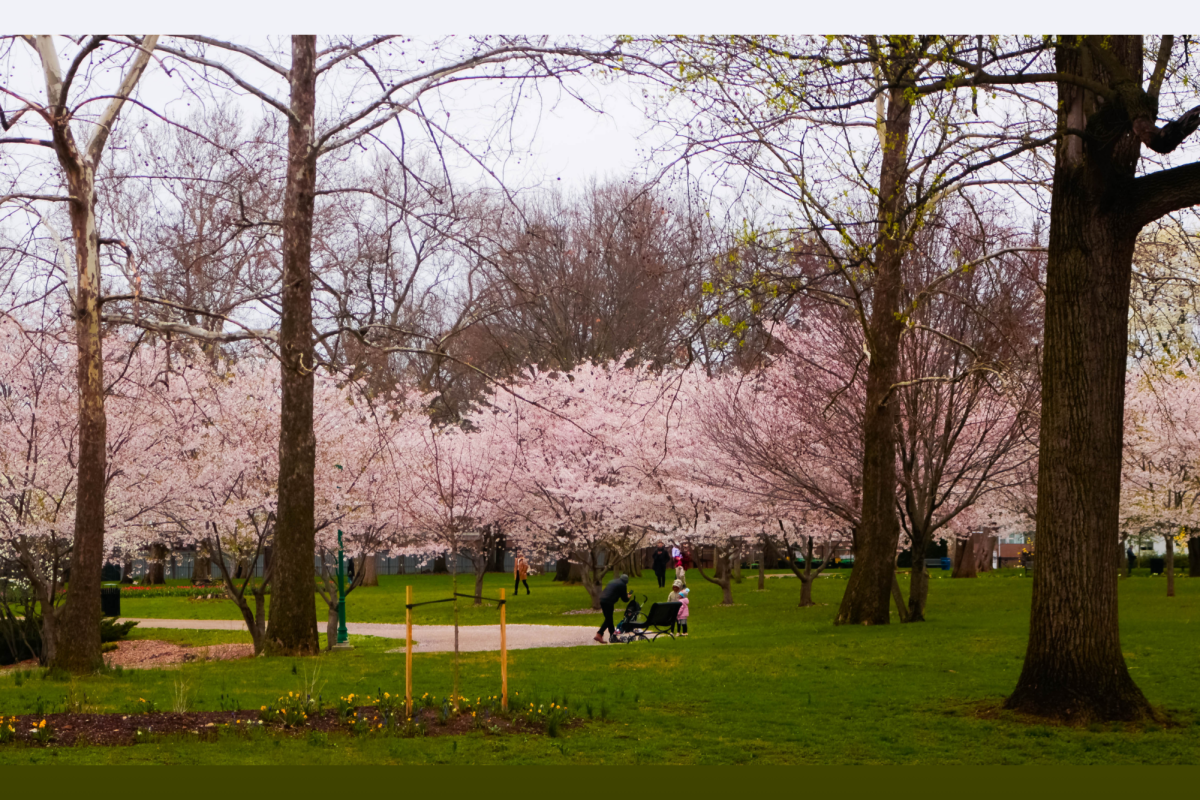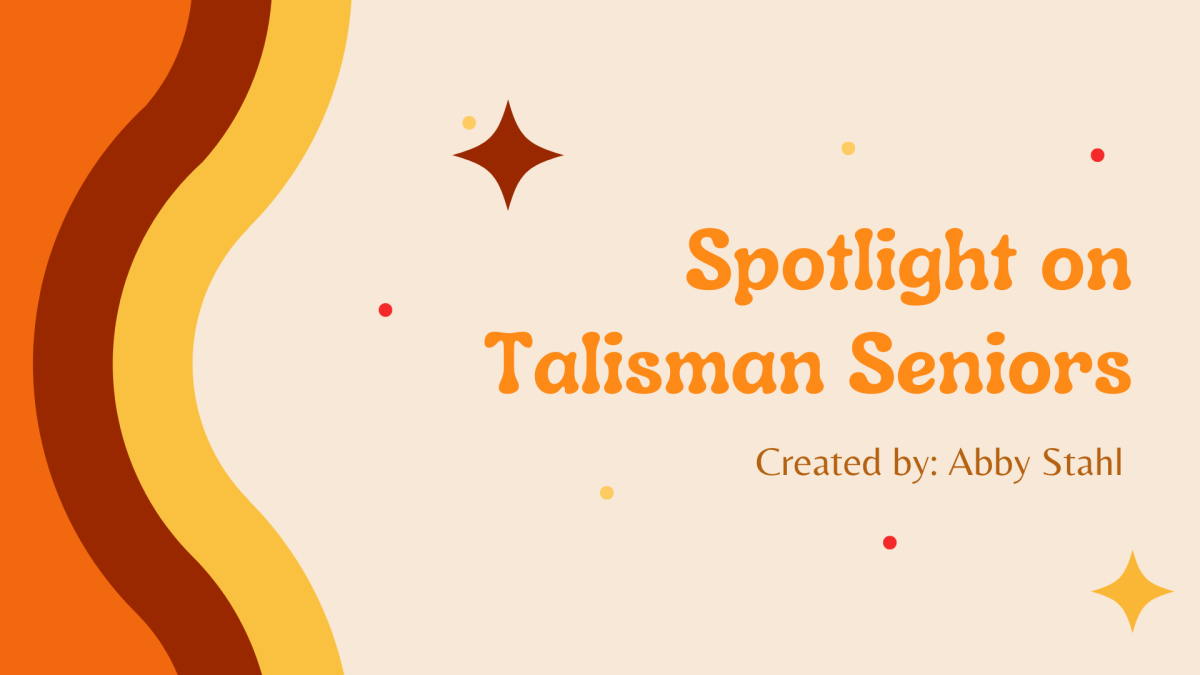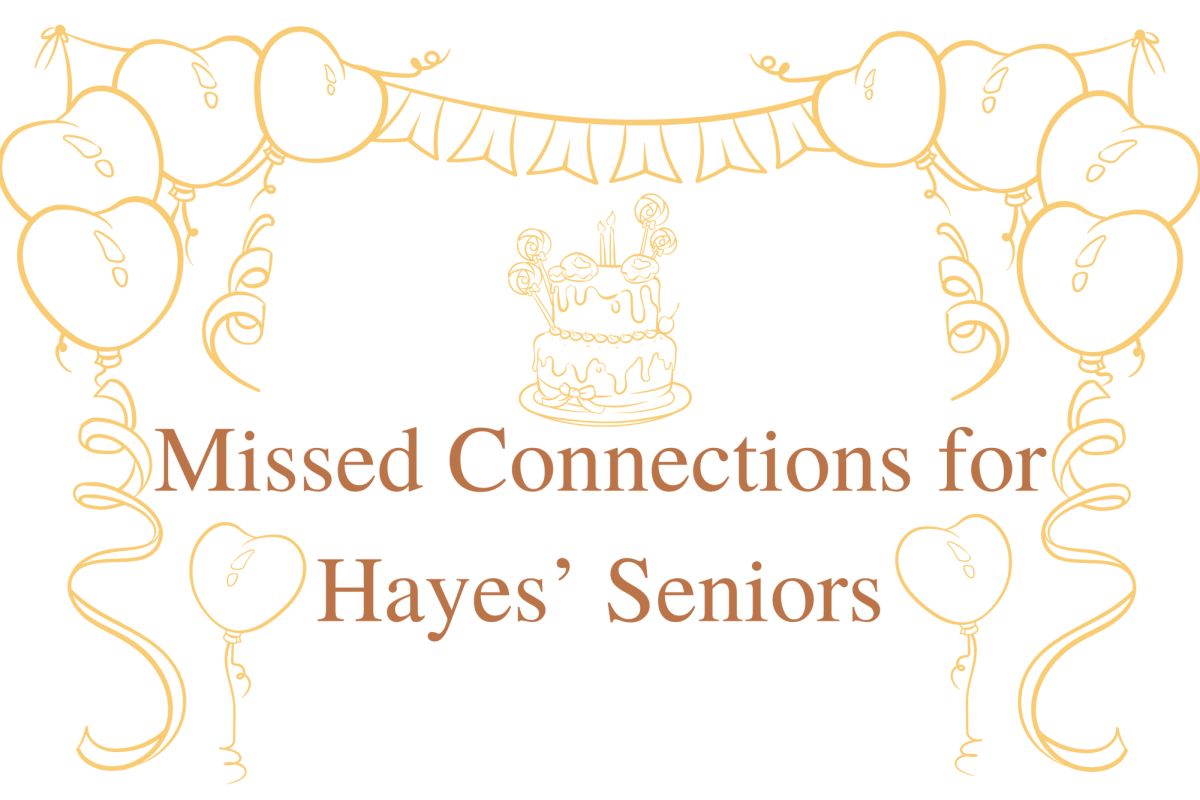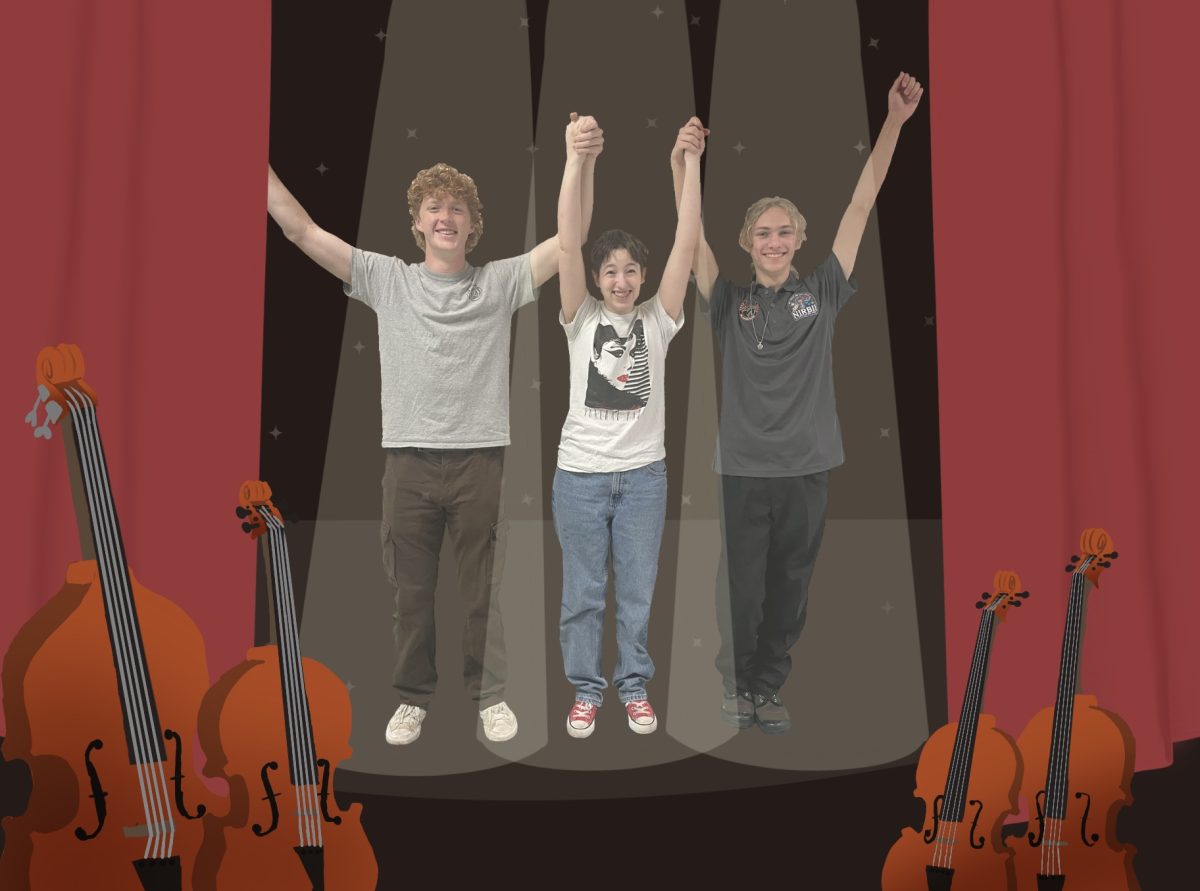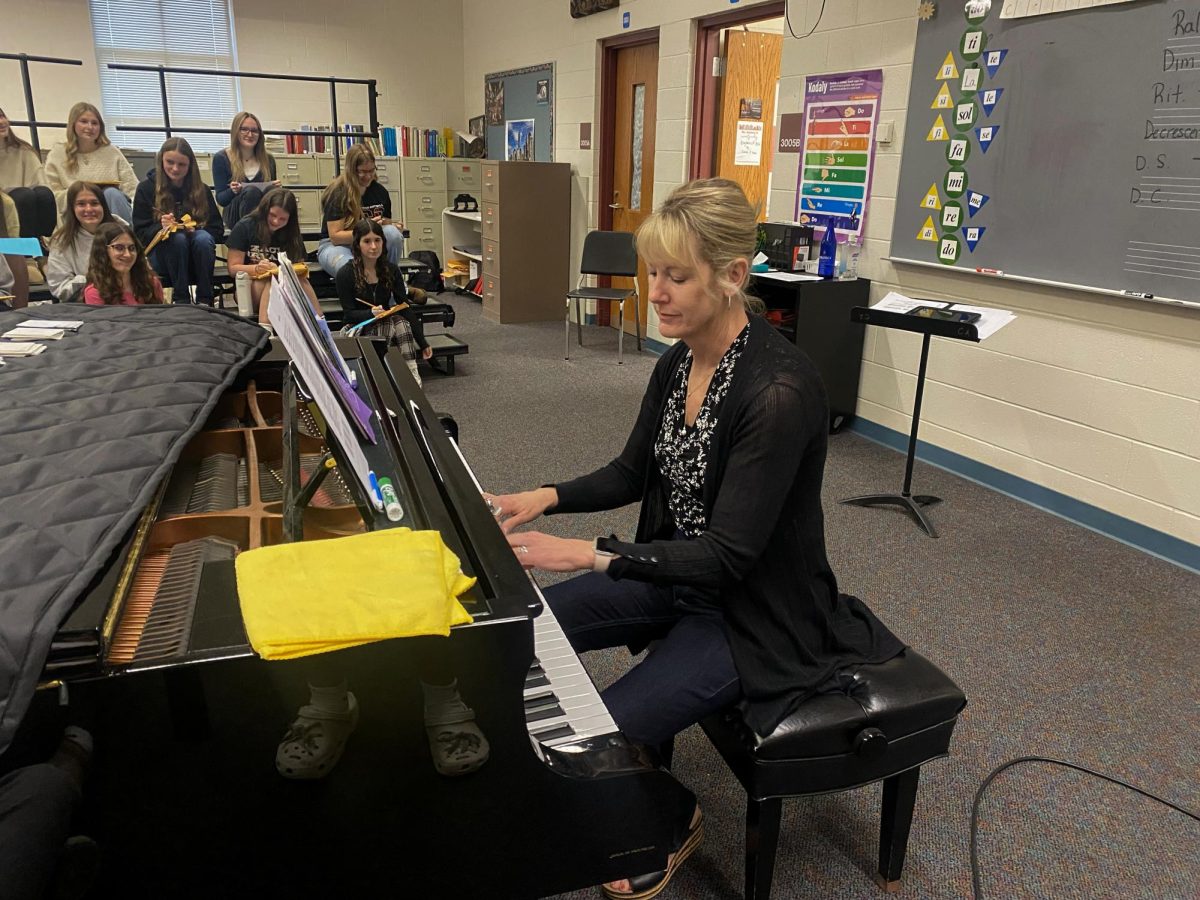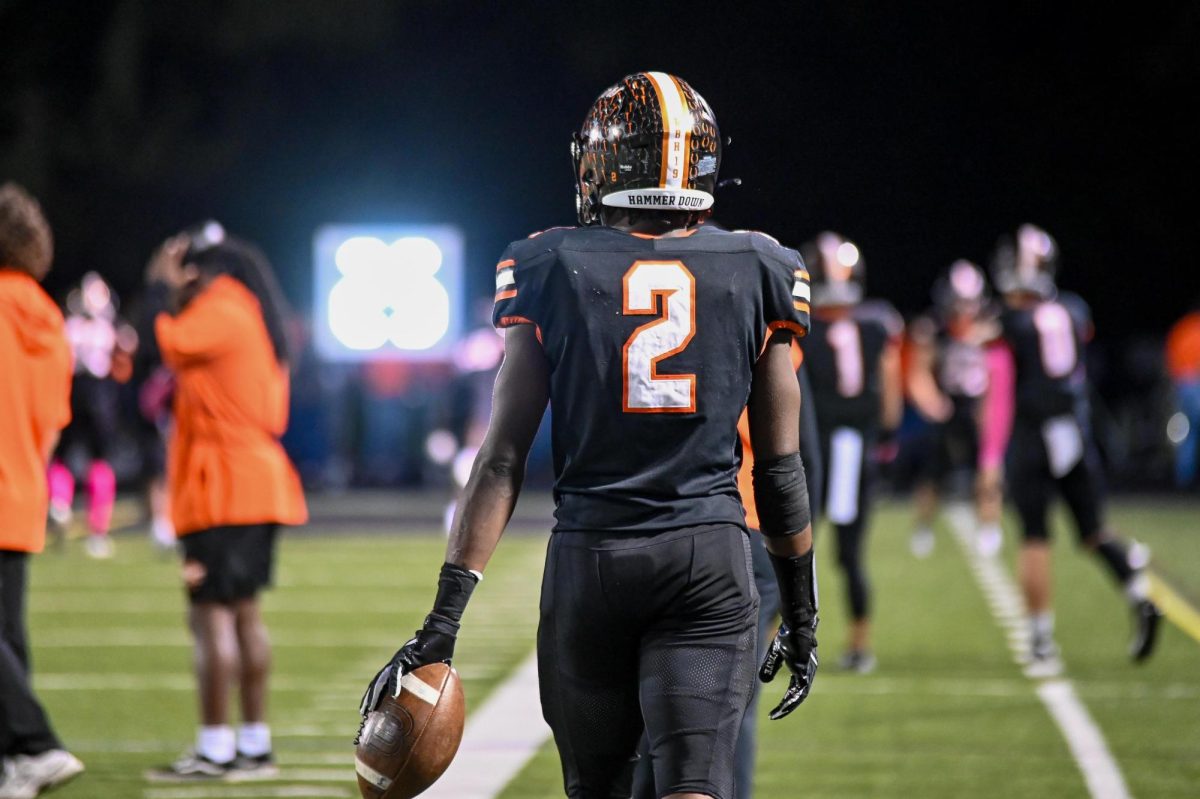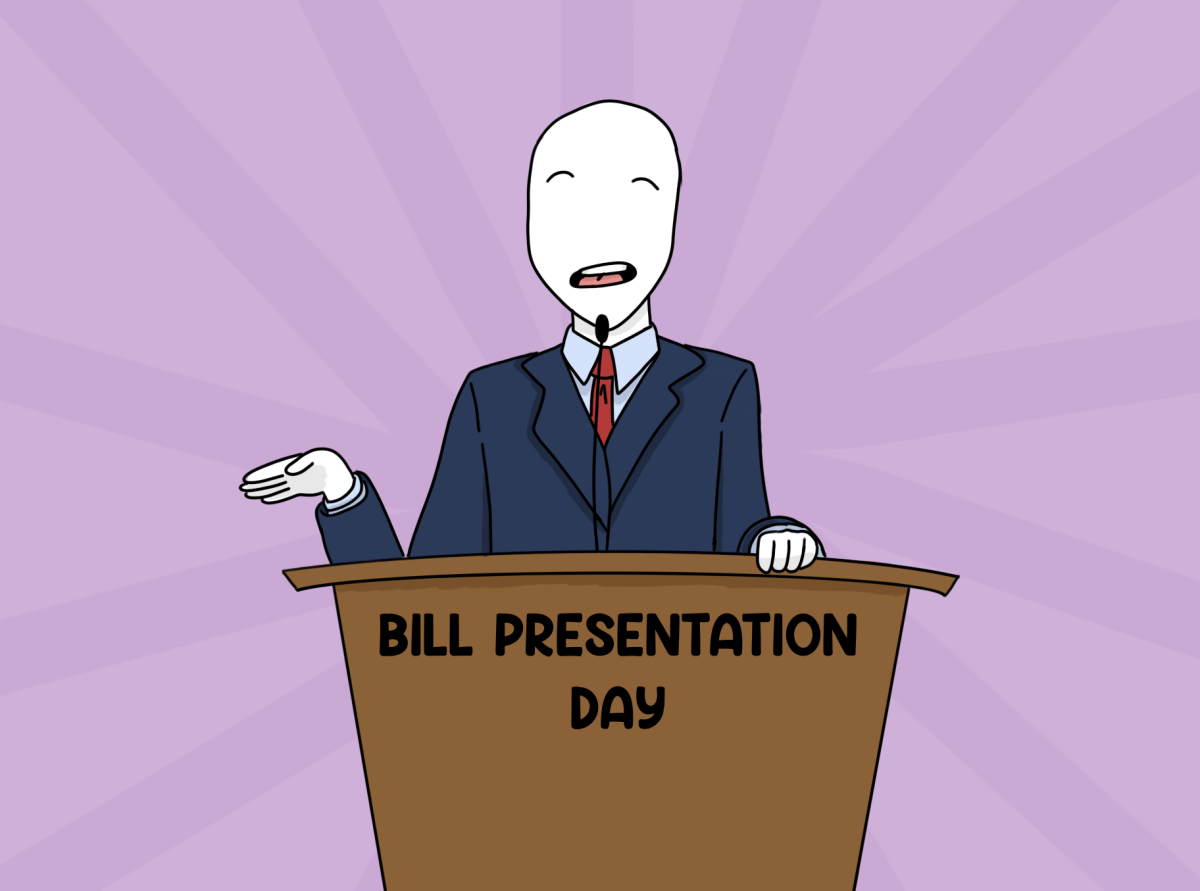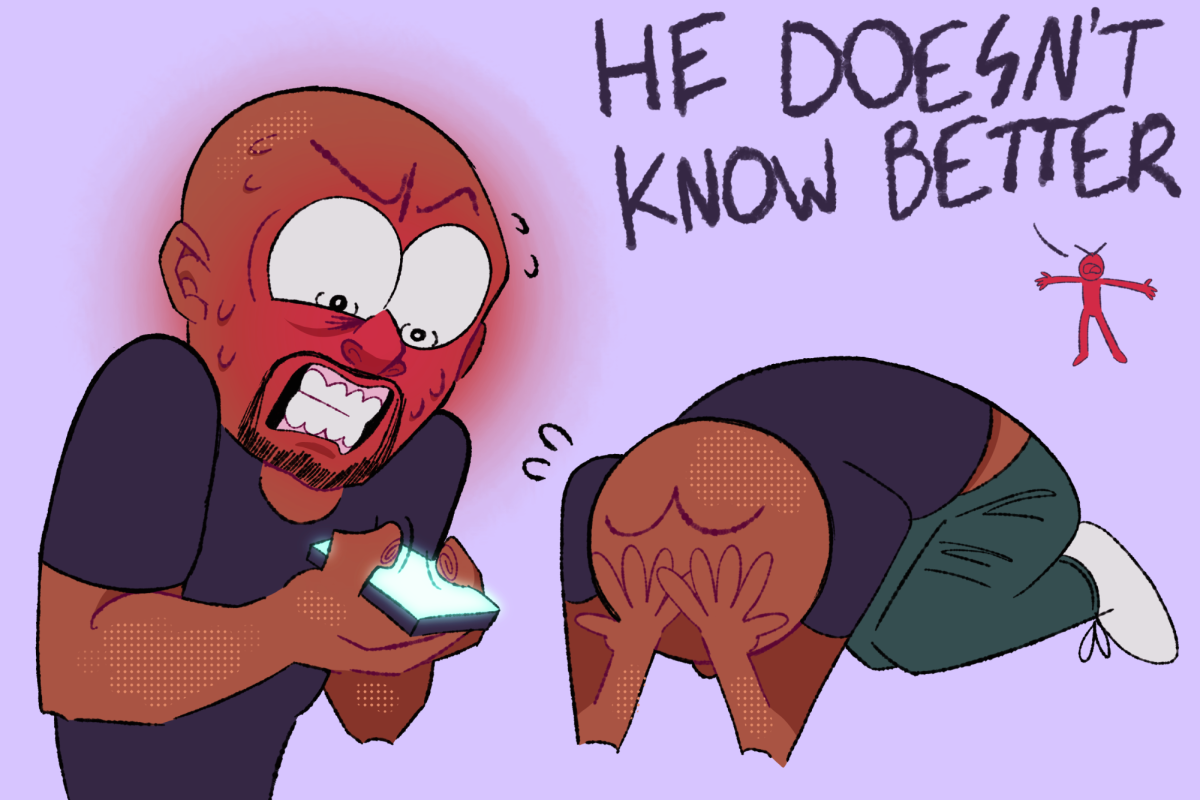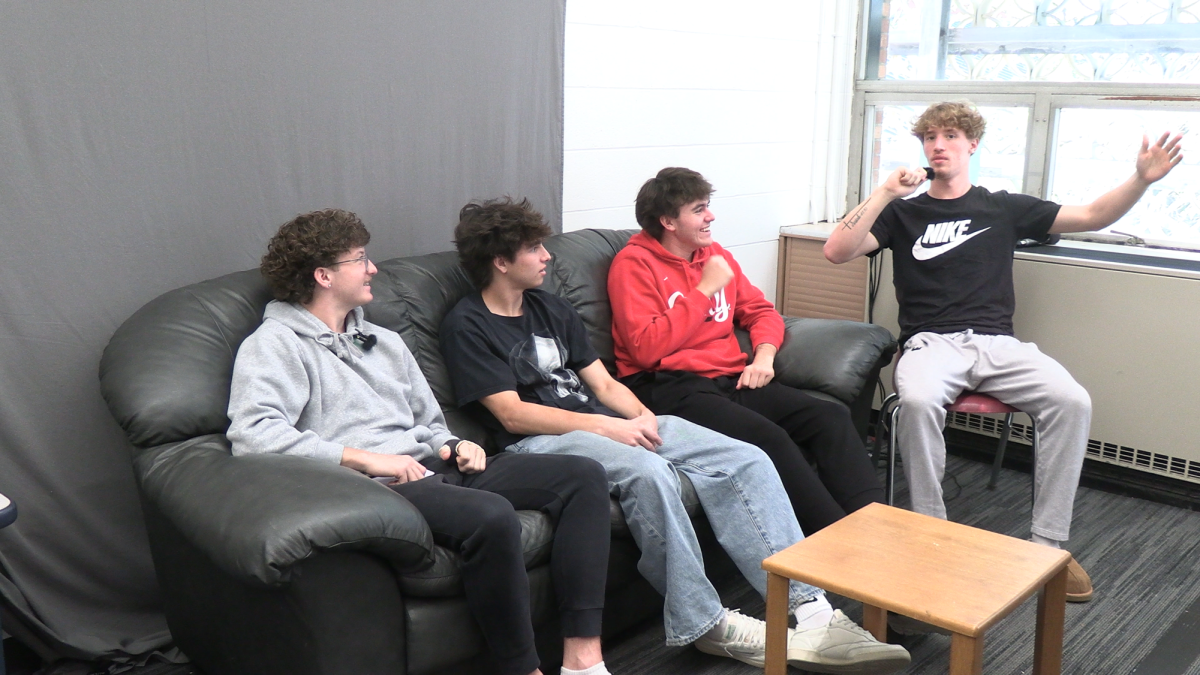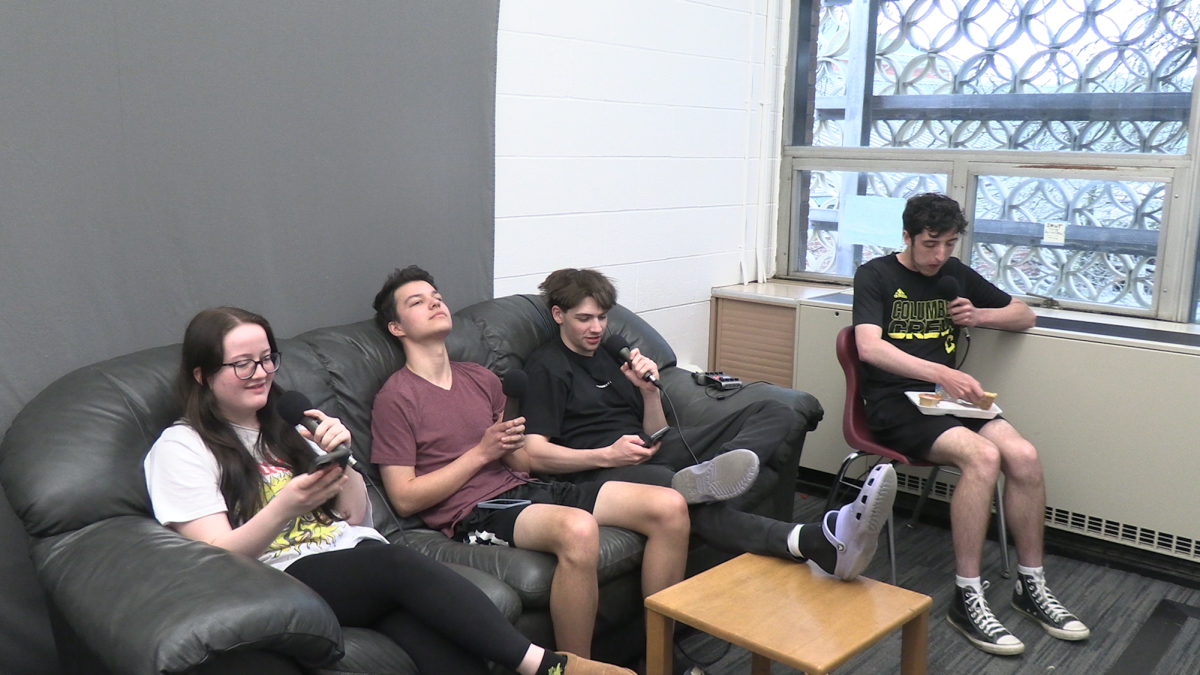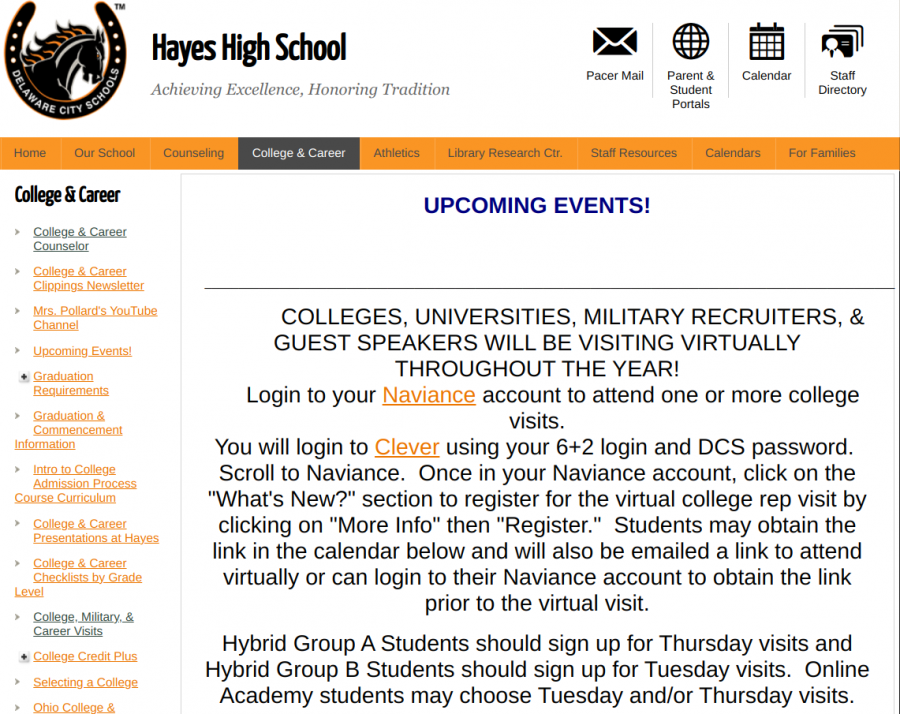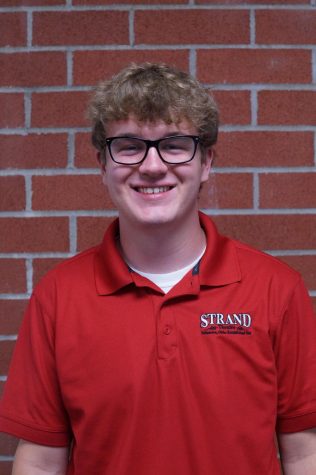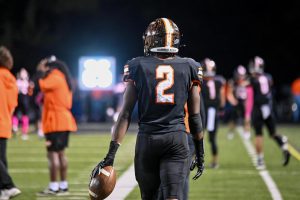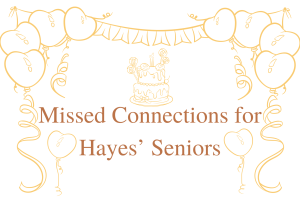College visit process adapts amid Covid-19 pandemic
The DCS college visit webpage directs students on how to be put in contact with colleges. Covid-19 safety protocols have prohibited college recruiters from meeting with students in person.
March 17, 2021
The college visiting process for students has been shaped into a new form due to the Covid-19 pandemic.
College representatives were not allowed to come to Hayes to recruit this year, and many campuses did not allow visitors either. These were key steps in the college decision process in the past, and this loss created an apparent void in college information for students.
As an attempt to fill that space, Hayes has turned to online college visits using Naviance.
“Students sign up in Naviance, and it sends out an email, saying ‘Hey, [a college] is coming to Hayes virtually,’” counselor Jennifer Pollard said. “Then students can go in and be part of the audience.”
Naviance visits allow students to at least remain in contact with schools they may be interested in, even if it is not the traditional in-person experience.
“Having that relationship with [representatives] and being able to put a face and a name together is really, really helpful,” Pollard said.
Many individual colleges are offering ways to see their campuses in the virtual setting as well. Columbus State, Central State, Ohio Wesleyan and Bowling Green all offered students the opportunity to visit their campuses online.
“We have what are called skits tours, led by a graduate,” said Columbus State rep. Danielle Sanborn. “They get back and say ‘Here are the spots I like, here are the places I went to.’”
Beyond that, colleges are constantly working on ways to expand on the tour opportunities for students. In addition to the pre-recorded skits tours, Sanborn said that Columbus State is working on ideas to facilitate video calls in the future.
However, this version of the process is not perfect, and there have been many challenges along the way. Chief among them is simply the fact that attendance has not been high on many virtual tours.
“My attendance was so much greater before,” Pollard said. “When Bowling Green would come, I would have 50 students signing up for that visit. When I did the virtual visit this year, I had two.”
In addition, it has been acknowledged that the experience is not quite the same online, with students missing out on the experience of being on a full campus for the first time during the tour.
“[Students] are missing out on running into other students that [they] can actually ask questions and use to kind of get a feel for the actual campus,” Sanborn said.
Despite this, Pollard said she is still optimistic that students will receive benefits from the new form of visits.
“It’s a great opportunity,” Pollard said.
Students have also found the virtual substitutes to be more than acceptable, and are understanding of the circumstances surrounding the situation.
“I think that virtual tours are a good idea,” junior Hayden Crawford said. “Personally, I would prefer a recorded video that is available to rewatch if need be.”
With the online tours being successfully implemented, the largest obstacle remaining for administrators is how to get the information surrounding them out to students.
“If you haven’t been paying attention to newsletters or emails from me, the visits probably go very much under the radar,” Pollard said.
For interested students, she says that the best way to stay informed is to become active on Naviance, and she has created a guide for students to use on her college visit webpage.
Meanwhile, Sanborn said that students interested in Columbus State can set up a one-on-one meeting with Admissions, or can watch one of the aforementioned videos on the Columbus State YouTube channel.
Ultimately, a new burden falls on students to take their future into their own hands.
“[Students] have had to take a little more responsibility because it’s not in your face as much where a rep is coming to you,” Pollard said.
However, administrators are confident that students will still be up to the task, especially following a year in which they have weathered so much change.
“There has been a bit of a change in mindset,” Pollard said. “But this is a privilege, and I know [students] will take advantage of it.”



